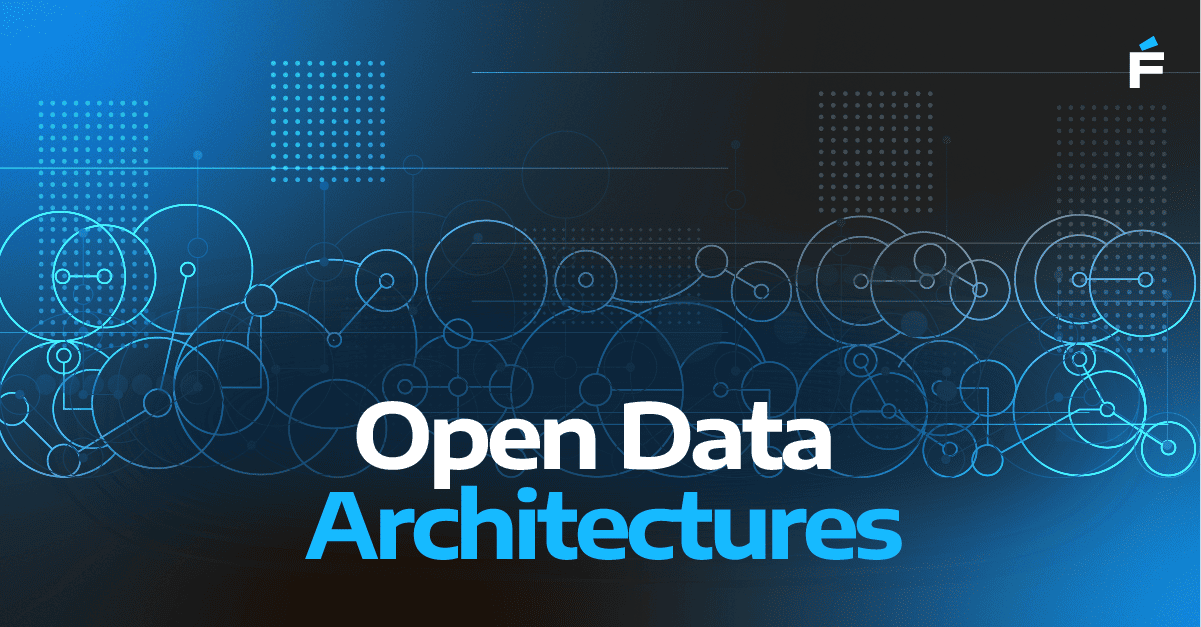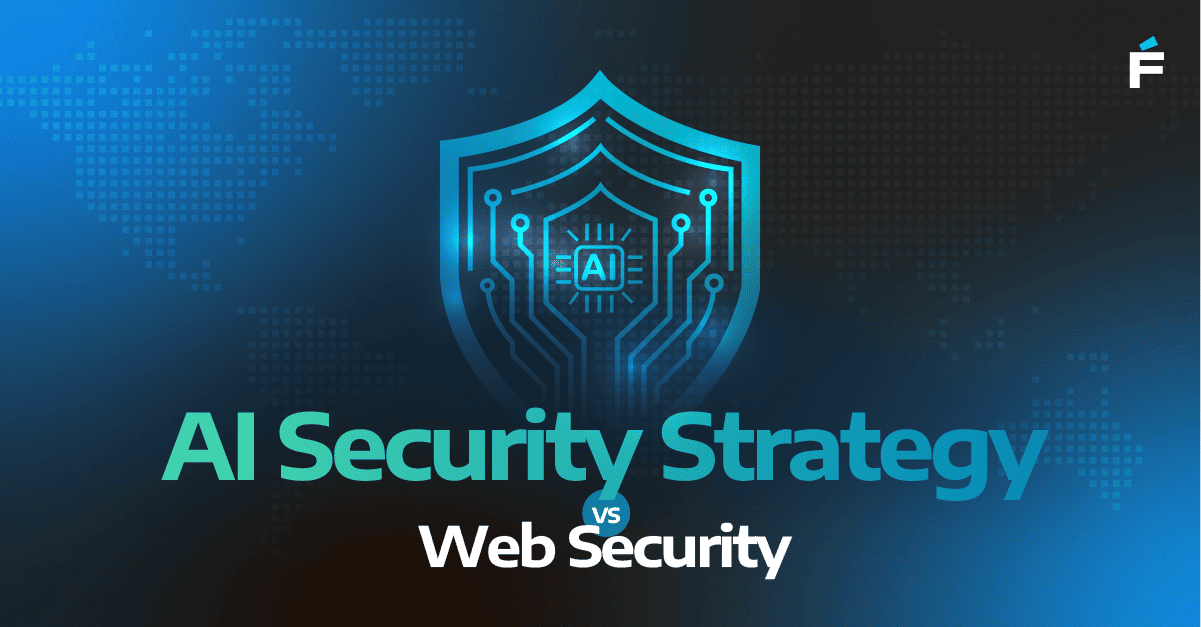Introduction
Most of us are familiar with Industry 4.0 and its achievements at this point in the industry’s history. The equipment got smarter, making supply chains faster and the end product — be it a physical item or software — more personalized. After becoming used to computing and automation at every stage of mass production, we stand on the edge of the fifth industrial revolution. Industry 5.0 might sound like a marketing buzzword, but it’s really happening. It will continue to change how we build software solutions for any type of business, anywhere.
Why not take a peek into what the change brings and the takeaways for tech-driven enterprises and manufacturers?
Definition of Industry 5.0
Let’s remind ourselves of the critical pillars of Industry 4.0:
- Interconnection is how all devices interact using the Internet of Things.
- Information transparency: Industry 4.0 allowed us to make informed decisions based on historical data.
- Technical assistance: the capacity of modern systems helps decision-makers operate quicker, with predictable outcomes.
- Decentralized decisions: the capability of cyber-physical systems to independently make decisions and perform tasks autonomously, using big data, AI, and analytics.
The concept of Industry 5.0, however, is a relatively new term. According to European Union research and innovation, Industry 5.0 “provides a vision of an industry that aims beyond efficiency and productivity as the sole goals, and reinforces the role and the contribution of industry to society. Industry 5.0 means putting a worker back at the center of the production process, emphasizing human input. Industry 5.0 represents a shift to focusing on societal well-being rather than economic value.

Reimagining existing value chains and energy consumption practices can also make industries recover quicker from external factors, such as pandemics and socioeconomic crises.
Transitioning from Industry 4.0 technologies to Industry 5.0
Industry 5.0 is striving to be human-centric, sustainable, and resilient. Based on what we know about its predecessor, we will watch the transition to the seamless interaction between humans and machines. Below are a few of the widely used technologies that accomplish this:
- Embedded sensors, actuators, and machine learning technologies are used to facilitate the adaptation of collaborative robots and human-machine interactions, often making work more accessible for any job seekers.
- Simulation models and digital twins minimize wear on real-world systems and streamline human users’ learning process and efficiency. This benefits maximum innovation and creativity while minimizing costs and risks.
- Advanced data management and analysis systems with AI and machine learning (ML) capabilities provide insights to vendors to save time, minimize waste and optimize human talent.
- AI-powered robots, autonomous and human-controlled, help to introduce sustainability compliance and improve the efficiency of resource allocation.
- Virtual reality (VR), empowers enterprises to increase automation efficiency and employ human creativity for problem-solving and customization.

With hyper-customization and a focus on interactivity, what changes are there for vendors, manufacturers, and supply chain providers across the globe? Let’s look at two main differences.
Industry 5.0 adds the human factor
The human factor is something manufacturing, supply chain, and many other industries have been trying to get rid of for years. The industrial revolution shows that it is not necessarily bad; all collective efforts are now channeled towards developing powerful cognitive applications enhanced with AI and ML. They assist employees of any kind in any day-to-day work tasks, leading teams to productivity and more resilient systems, creating machine-human bonds and collaborations designed for success.
One can see this concept brought to life in Boeing’s Airpower Teaming System. Casually called “Loyal Wingman,” AI-powered drones are the team members responsible for supporting manned aircraft, enhancing the capabilities for airborne missions, and many more.
With the robots becoming more independent of their operators, machines change their role in the process and evolve into equal assistance rather than straightforward help. When communication between humans and tech gets more complex, solutions will also be necessary to ensure resilience, accountability, and compliance. For instance, a human and a robot can detect a flaw or a major disaster nearing, but in the end, people are responsible, and machines are not.
Industry 5.0 introduces intelligent plant process management
To make plants a safe and efficient workplace, a set of practices called plant process management (PPM) comes into play. It means capturing machine data digitally and enriching it with human context. The main benefit of introducing PPM is its ability to analyze information at any point in the manufacturing process and use it to ensure transparency, starting with mundane inspection routines on the plant floor up to the leadership-level stakeholders.
It’s highly likely that in the nearest future, it will be possible to voice the task to smart assistants on the assembly line in the same way we ask Alexa to play music at home and customize production processes on the go. Unfortunately, since safety and responsibility concerns are still in place, one can hardly imagine such an occurrence in modern pharma and chemical operations.
But, manufacturing as a whole is moving towards a more tightly-knit human-machine collaboration. The final goal is to ensure more transparency, reliability, and visibility across all plant operations. Additionally, teams get better communication channels and can visualize and analyze every step to avoid mistakes in the future and optimize their efforts.
Industry 5.0 benefits
Regardless of the industry, those who provide organizational buy-in for the fifth industrial revolution may reap the following benefits:
- Talent retention: The time of passive machinery operators is long gone, but the working environment will need them in the future. Industry 5.0 capabilities, both software and hardware, pose new challenges for workers, helping them to learn new skills and apply their creativity. It can lead to increased employee satisfaction and loyalty.
- Sustainability: sustainable practices are no longer optional. Stakeholders expect sustainability from the market leaders, especially in energy-intensive industries. Sustainability is productive in both short- and long-term perspectives since it attracts employees and customers and saves resources.
Resilience: Reliance to disruptive tech contributes to your enterprise’s longevity and stability. If you’re able to adapt and re-adapt continuously, no matter what, change is rocking the world right now. Investing in Industry 5.0 technologies now is investing in security and risk analysis and prevention.
What’s next for tech-driven enterprises?
The Industry 5.0 concept hasn’t gained much traction since some enterprises still struggle to achieve Industry 4.0 milestones. However, companies who want to stand on the tech edge and disrupt the competition should gather data to create future communication models that will become a foundation for success. Even if you are far from adopting tech like AI into your current business operations, there’s always room for automation and data analytics, which is a giant leap forward. Why not act on it now?




